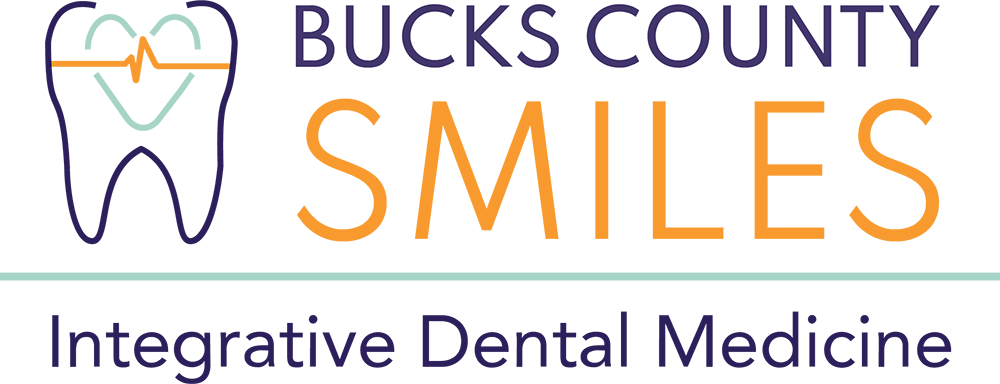Effective communication between dentists and their patients in Yardley, PA is pivotal in creating a positive dental care experience. Enhancing this communication makes patients more likely to adhere to treatment plans, maintain regular dental visits, and manage their oral health proactively. Here are four key strategies to improve communication in dental settings:
Addressing Dental Anxiety: Starting the Conversation
Dental anxiety is a significant barrier that affects numerous patients, potentially leading to postponement of treatments or complete avoidance of dental visits. Recognizing and addressing these fears are a dentist’s first steps toward establishing trust and improving patient relations.
Open Dialogue
Dentists should initiate the conversation by asking patients about any concerns or fears they might have regarding their appointment. This can be done through pre-appointment surveys or at the beginning of the visit. Acknowledging that dental anxiety is common and that the clinic is equipped to handle such feelings can greatly alleviate patient stress.
Empathy and Understanding
It’s crucial for dental professionals to employ empathy actively. Showing understanding and compassion can make patients feel valued and cared for, which is fundamental in building trust. Dentists should ensure that their patients know that their comfort is a priority, which can transform their perception of dental care.
Creating a Comfortable Environment
The dental office should feel welcoming and calming to patients. Simple changes such as comfortable seating, pleasant lighting, and soothing background music can significantly enhance the patient’s comfort. Providing clear signage and informative brochures in the waiting area can also help reduce anxiety by demystifying dental procedures and what to expect during their visit.
Communication and Oral Health Education
Another critical aspect of dentist-patient communication is educating patients about their oral health and dental procedures. Informed patients are more likely to feel comfortable with treatments and participate actively in oral health management.
Simplify Medical Jargon
Dentists should strive to use layman’s terms when explaining diagnoses or treatment plans. Complex medical terminology can be confusing and may cause patients to feel overwhelmed or disconnected. Simple language helps ensure that patients fully understand their health status and the recommended procedures.
Use of Visual Aids
Incorporating visual aids such as diagrams, photos, and models can significantly improve understanding and retention of information. For example, visually comparing healthy vs. diseased gums can more effectively convey the urgency of good oral hygiene than verbal description alone.
Follow-Up Materials
Providing patients with printed or digital materials to summarize the discussed treatment plan can be very beneficial. These materials allow patients to review the information at their own pace and serve as a reminder of the dentist’s instructions. They also provide a point of reference for any questions that might arise after the appointment.
Contributing Factors to Dental Anxiety
Dental anxiety is a common issue that affects a significant portion of the population, deterring many individuals from seeking necessary dental care. This fear or anxiety can stem from a variety of sources, deeply affecting patient behavior and their overall health.
One of the primary causes of dental anxiety is past negative experiences. Whether it’s a painful procedure or perceived neglect during treatment, such incidents can leave a lasting impression, causing patients to feel apprehensive about future dental visits. This fear is often exacerbated by the anticipation of pain, which is another significant factor. Despite advances in pain management and dental technology, the fear of experiencing pain remains a powerful deterrent. Embarrassment also plays a crucial role in dental anxiety. Patients may feel self-conscious about the state of their teeth or the perceived judgment from the dental staff. This is particularly pronounced in individuals who have not visited a dentist for extended periods and are worried about negative feedback on their oral hygiene or the need for extensive treatments.
Moreover, the sensory experience associated with dental offices—such as the sound of the drill, the smell of medicinal products, and even the sight of dental instruments—can trigger anxiety. These sensory cues can evoke memories of discomfort or fear, making even the waiting room a challenging environment for anxious patients.
Understanding these factors is crucial for dental professionals, as it guides them in creating a more comforting and supportive environment. Recognizing the signs of anxiety and addressing them proactively can help alleviate patient fears, leading to more positive experiences and regular dental visits.
The Impact of Positive Reviews on Patient Trust
Positive patient reviews become significantly influential in building and maintaining trust following a commitment to continuous improvement and professional development. In the digital age, prospective patients frequently turn to online reviews, like those of Bucks County Smiles, to gauge a dental practice’s quality and reliability before even stepping inside.
Positive reviews often highlight personal stories of patient care, emphasizing the dental team’s professionalism, empathy, and expertise. These testimonials can powerfully counteract the common fears associated with dental visits by presenting real-life positive outcomes. For new or prospective patients, such reviews can be the deciding factor in choosing a dentist, as they alleviate concerns about pain and ensure that they make an informed choice about their healthcare provider.
For existing patients, positive feedback reinforces their decision to continue their care with a particular dentist, fostering a cycle of trust and satisfaction. This trust is crucial for individual patient retention and the practice’s reputation in the community. Happy patients are more likely to participate in regular check-ups and recommend the practice to others, expanding the patient base through word-of-mouth. Furthermore, positive reviews serve as a valuable feedback mechanism for the practice, highlighting strengths and areas for improvement. They encourage a culture of excellence within the practice, pushing the entire team to strive for better patient outcomes and higher standards of care.
In conclusion, understanding the root causes of dental anxiety and the positive impact of patient reviews are fundamental in crafting a patient-centric approach that promotes dental health, reduces stress, and builds trust. Both elements enhance patient communication, ensure comfort, and foster a positive dental care environment.
Encourage Questions and Feedback
A key component of effective communication is the exchange of information. Dentists should encourage patients to ask questions and express their concerns. This helps clear misunderstandings and reinforces the patient’s role in the decision-making process regarding their treatment.
Active Listening
Active listening involves giving full attention to the speaker, understanding their message, and responding thoughtfully. Dentists should practice active listening to ensure they fully grasp the patient’s concerns and preferences, which can guide the customization of treatment plans.
Feedback Mechanisms
Implementing a system for collecting patient feedback can provide insights into areas of improvement and affirm what the practice is doing well. Feedback can be collected through follow-up calls, emails, or feedback forms at the visit’s end.
Continuous Improvement and Professional Development
Like all areas of healthcare, dentistry is continually evolving. Therefore, it is essential for all dental practitioners to stay updated with the latest communication techniques and patient care strategies.
Training and Workshops
Regular training sessions and workshops can equip dental staff with advanced communication skills and updated knowledge on handling various patient interactions, particularly with those with severe anxiety or unique dental care challenges.
Peer Collaboration
Engaging with peers in the dental community can provide additional insights and strategies for effective communication. Networking with other professionals can introduce new ideas and methods that have been successful in other practices.
Improving dentist-patient communication is an ongoing process that requires commitment and adaptability. Contact Dr. David Faust and our exceptional team at our practice to schedule an appointment today!


